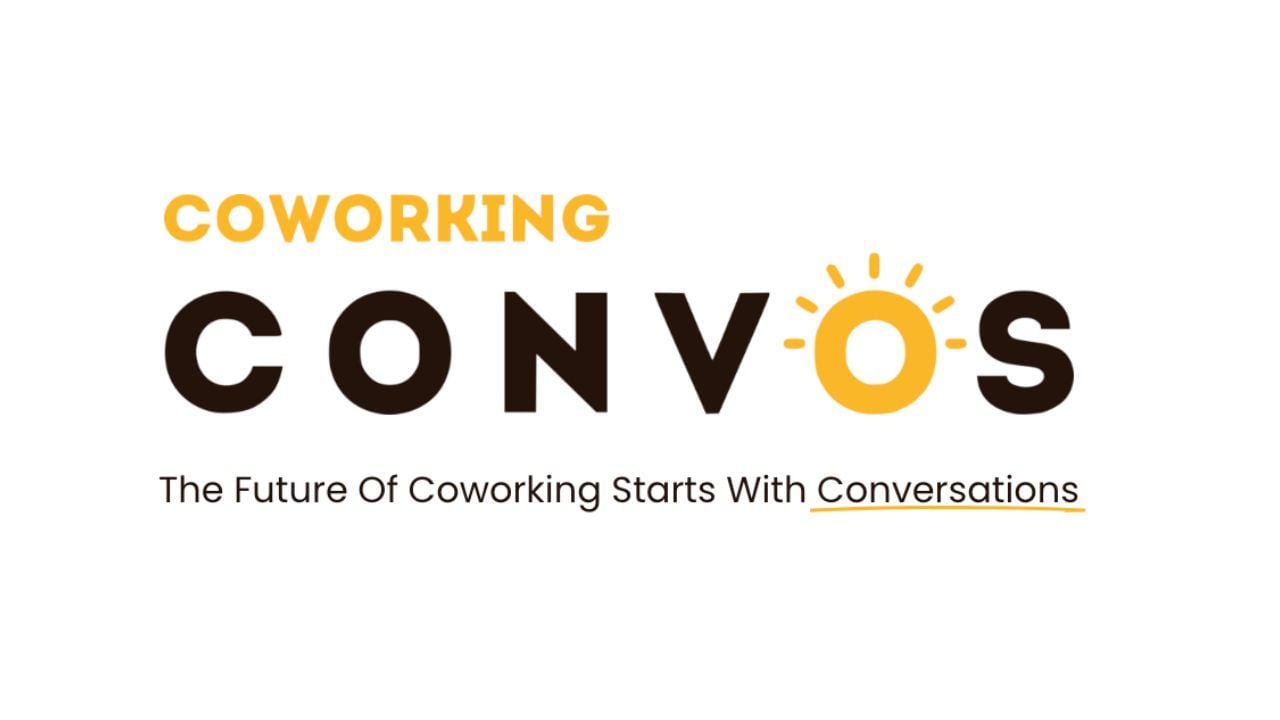Experts and tech enthusiasts alike (ahem, Mark Zuckerberg) have touted the impact that the metaverse could have on the future of work.
The metaverse refers to the merging of the virtual world with real life, whether that’s going to a bar for happy hour or working alongside colleagues that live thousands of miles away. In short, it aims to be the next interaction of the internet.
Forward-thinking companies are hoping that this platform will introduce a whole-new level of efficiency to the workplace. However, this means helping employees make this transition as well, with the adoption of the metaverse requiring its own unique set of skills.
So how can this still-infant concept alter the way people work? And will its application be equivalent across the board?
For starters, experts believe that the metaverse can bridge the gap between employees, particularly in the hybrid work era.
“The ability of the metaverse to provide experiences that can be as collaborative and socially satisfying as in-person interactions will enable companies to create workforces that are incredibly distributed and diverse,” said Frank Diana, managing partner and futurist at Tata Consultancy Services.
Because of the metaverse’s ability to replicate in-person collaboration, it also holds the power to revamp company culture, a factor business leaders have expressed concern over in the post-pandemic workplace.
Not only can the metaverse directly address the issues that arise with a fully remote or hybrid workplace, but it can also help businesses reduce their operating costs.
Although initial investments into the metaverse are likely to be expensive, adopting this tool gives companies the ability to cut down on their physical office space and similar expenses, putting them on a clearer path towards profitability.
The metaverse will impact professionals differently. While white-collar workers are likely to be among the first to get a taste of its real-world application, this new iteration of the internet is likely to undergo its own evolution by expanding its reach to other industries including food, service, retail, health and more.

 Dr. Gleb Tsipursky – The Office Whisperer
Dr. Gleb Tsipursky – The Office Whisperer Cat Johnson – Coworking Marketing Maven
Cat Johnson – Coworking Marketing Maven Angela Howard – Culture Expert
Angela Howard – Culture Expert Drew Jones – Design & Innovation
Drew Jones – Design & Innovation Andrea Pirrotti-Dranchak – Competitive Advantage
Andrea Pirrotti-Dranchak – Competitive Advantage Jonathan Price – CRE & Flex Expert
Jonathan Price – CRE & Flex Expert Jeremy Fennema – Tech Innovation Alchemist
Jeremy Fennema – Tech Innovation Alchemist











